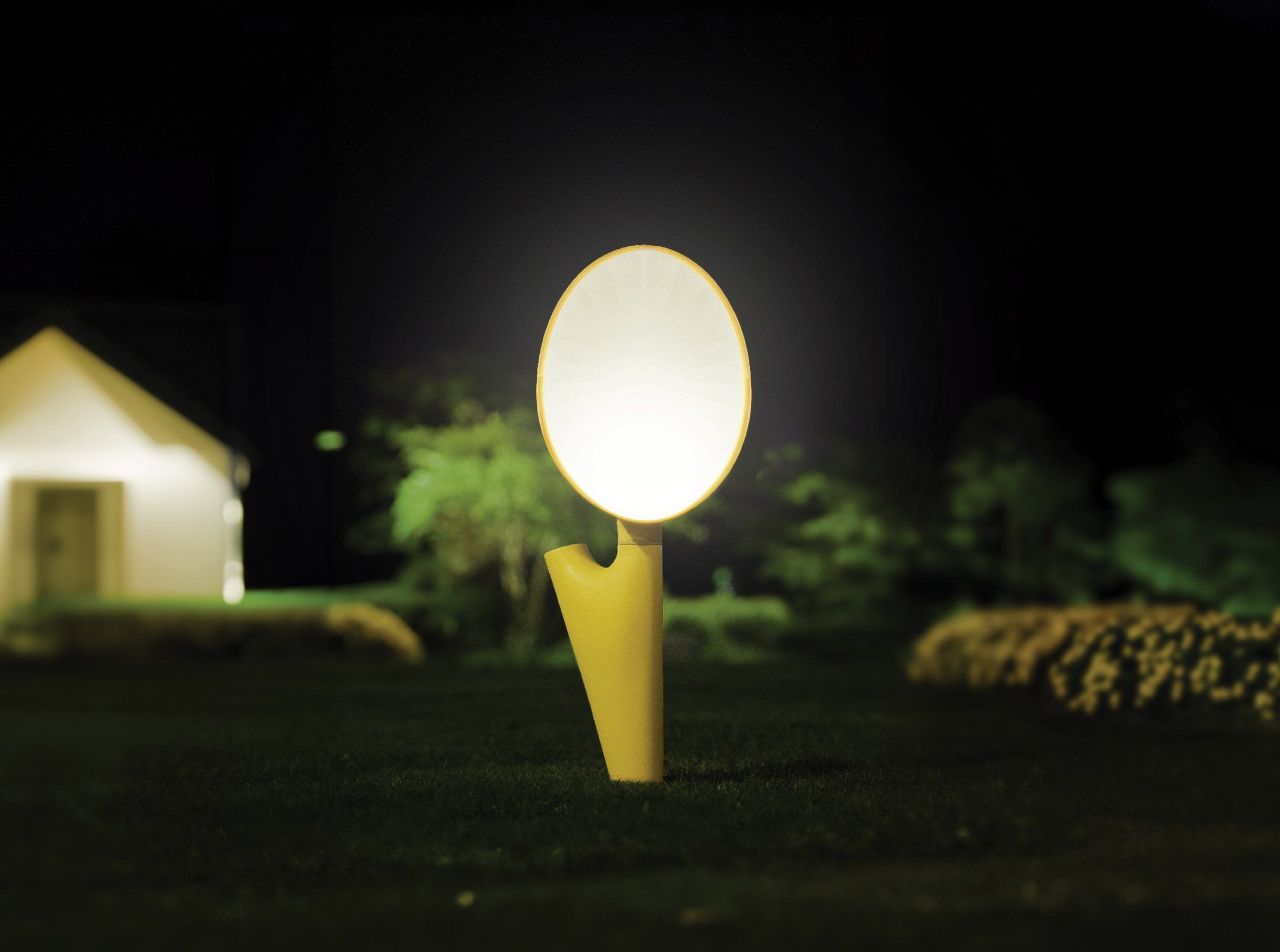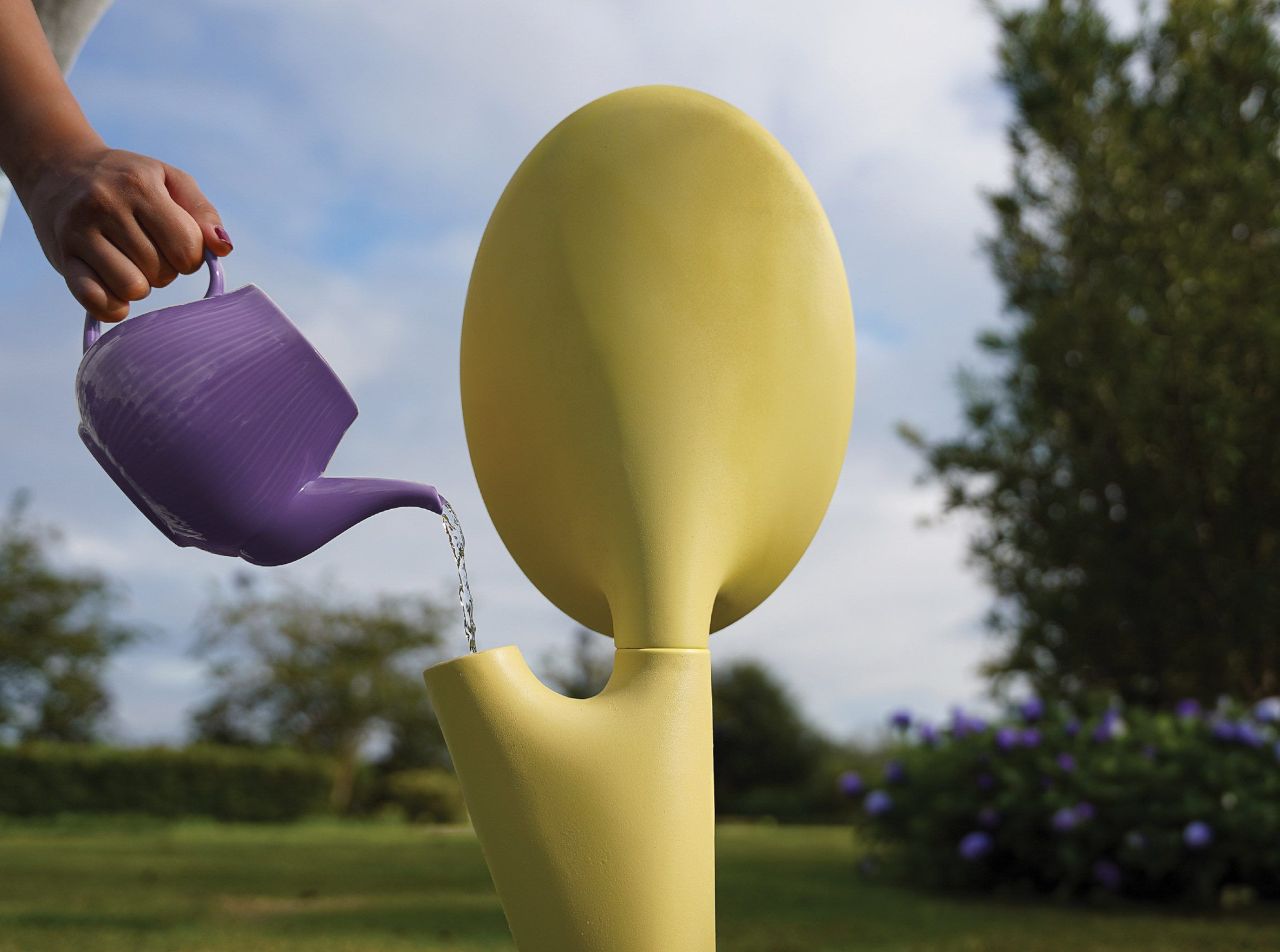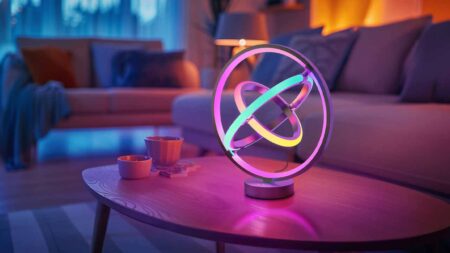As our planet continues to warm, people are becoming environmentally conscious and harnessing renewable resources for energy. To that accord, Mexican designer Milú Brunell has developed an innovative product that uses soil from your garden or forest as a material to generate energy. He has created Soli, a prototype soil-powered lamp that can be planted directly in the ground to generate energy to power the light. It is not the first time soil has been used for energy generation, but the sleek and consumer-friendly design is what makes it stand out from others.
The lamp’s key component is a microbial fuel cell (MFC) system that generates electricity through the natural metabolic activities of soil microbes. As these microorganisms break down organic matter like animal residues, dead leaves, and other organic materials in the soil, they release electrons that are captured by an anode and flow through a circuit to a cathode. This generates a small but steady current sufficient to power the lamp.
The yellow colored lamp draws its design and shape inspiration from a sunflower. Its top can be manually rotated to mimic the flower’s natural ability to turn and face the sun. The brightness of Soli changes according to the soil’s health. When the soil is biologically active, the lamp glows brighter, serving as a clear indicator of soil vitality.
Also Read: This Water-Powered Smart Lamp Blends Plant Care With Sustainable Lighting
To further strengthen the connection with the garden, the designer has added a spout to the lamp that you need to water like a plant. This makes the lamp a great gift for gardeners. It combines a lighting function with a special link to nature.
The current Soli lamp prototype is made from 3D-printed ABS, and Brunell has plans to use more sustainable options such as ceramic or bio-based materials. While not intended as a replacement for streetlights, Soli operates entirely off the grid and also functions as a natural indicator of soil health. It can surely be a great gardening product if it ever comes to the market.


Via: Dezeen
Follow Homecrux on Google News!




